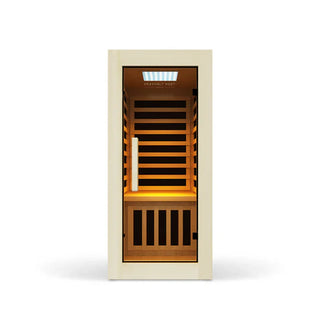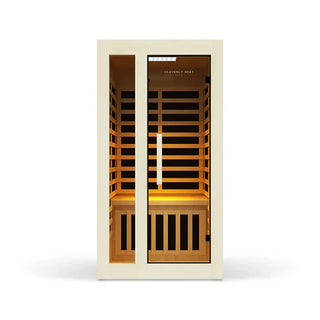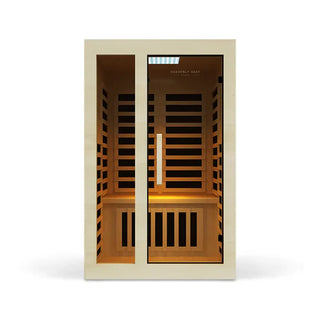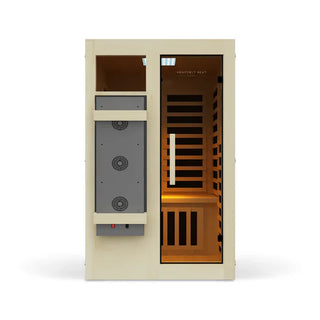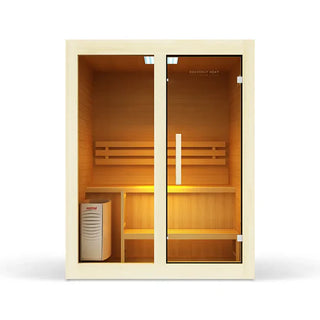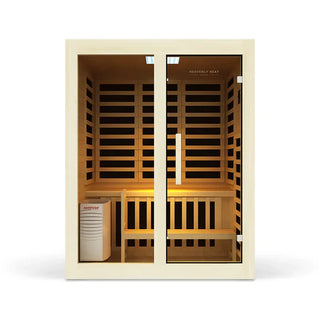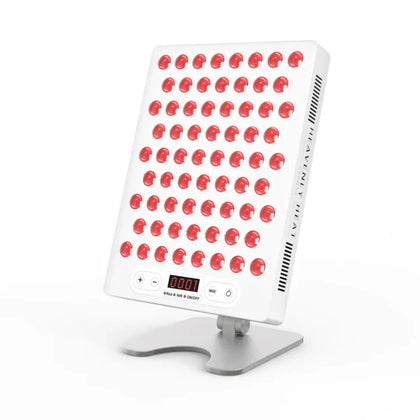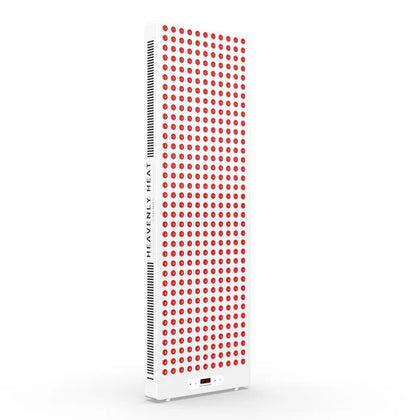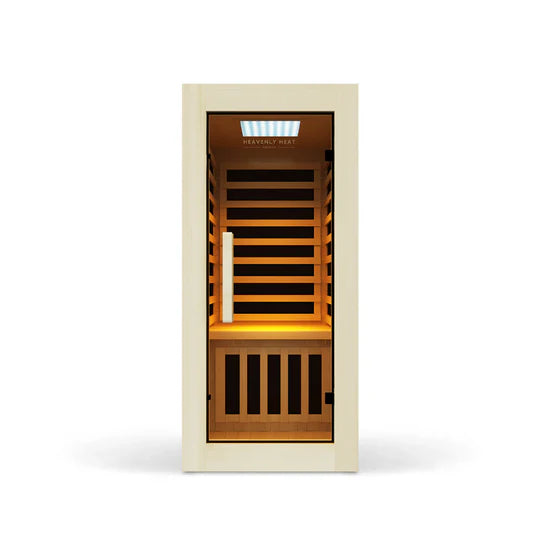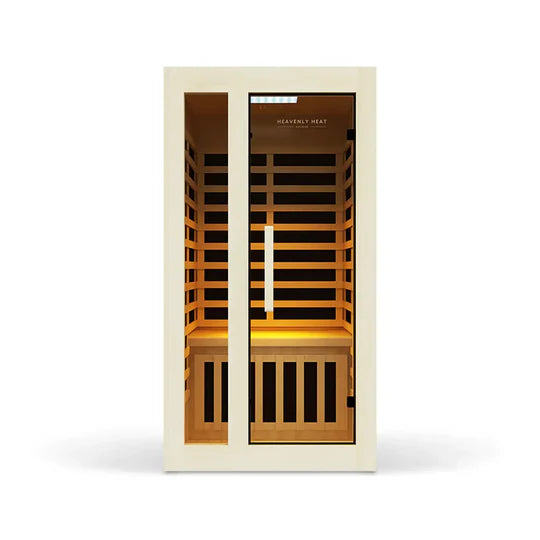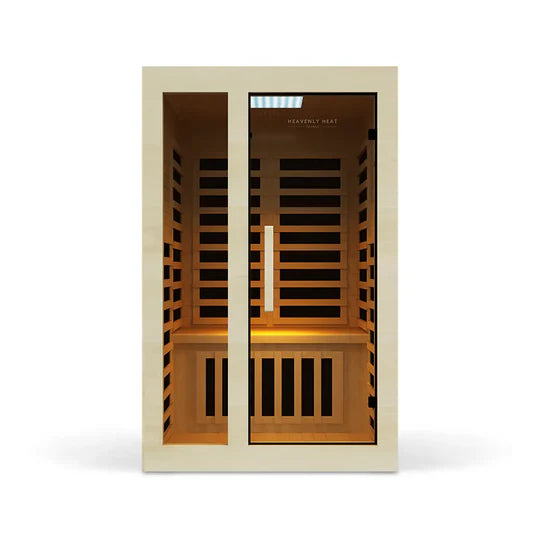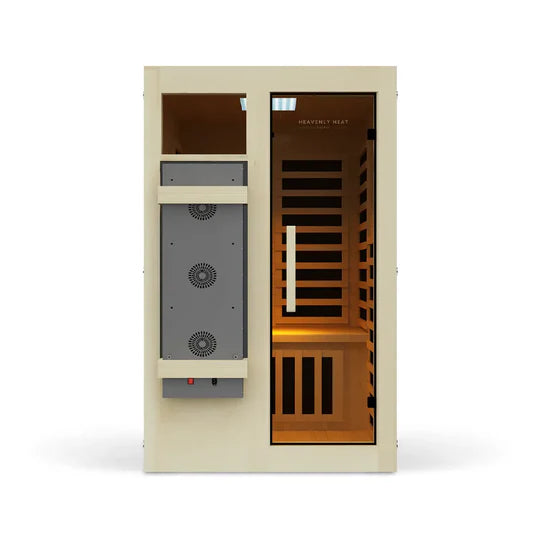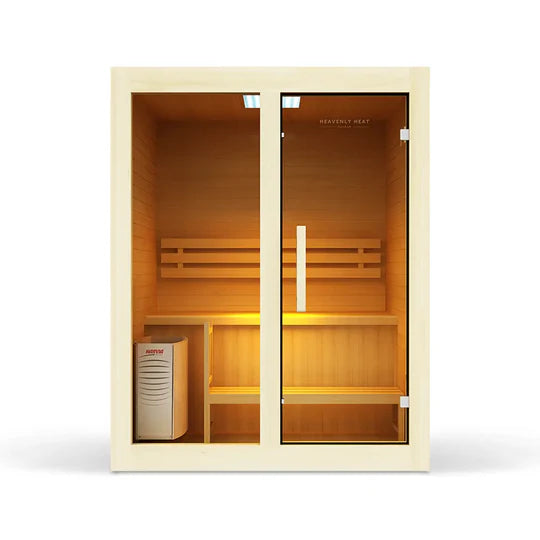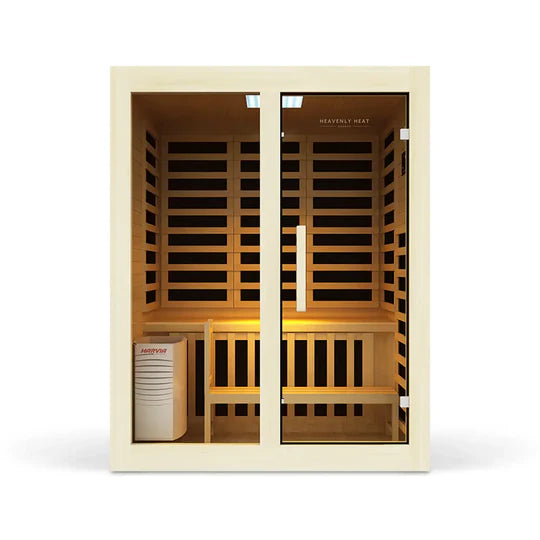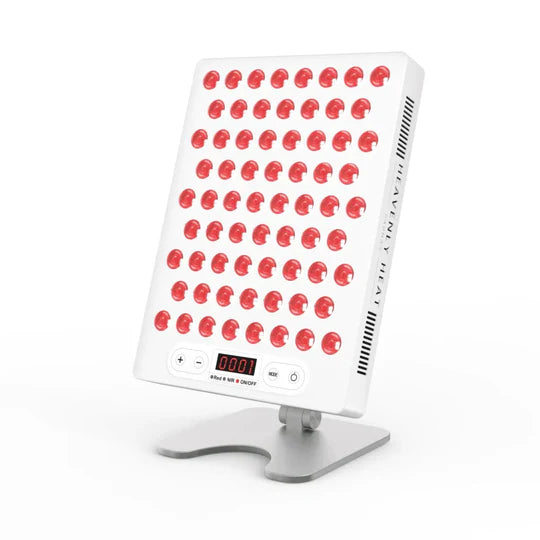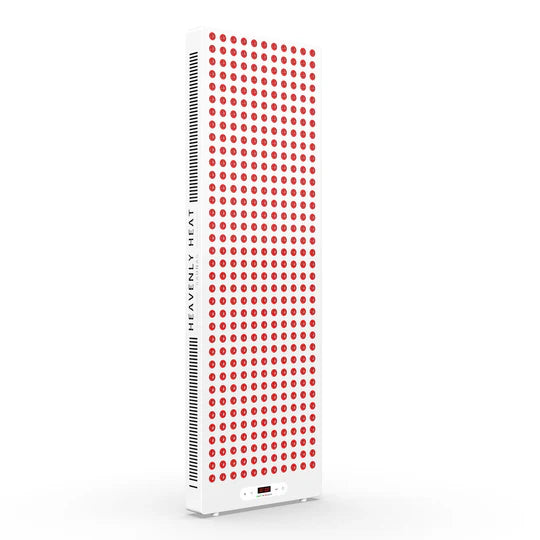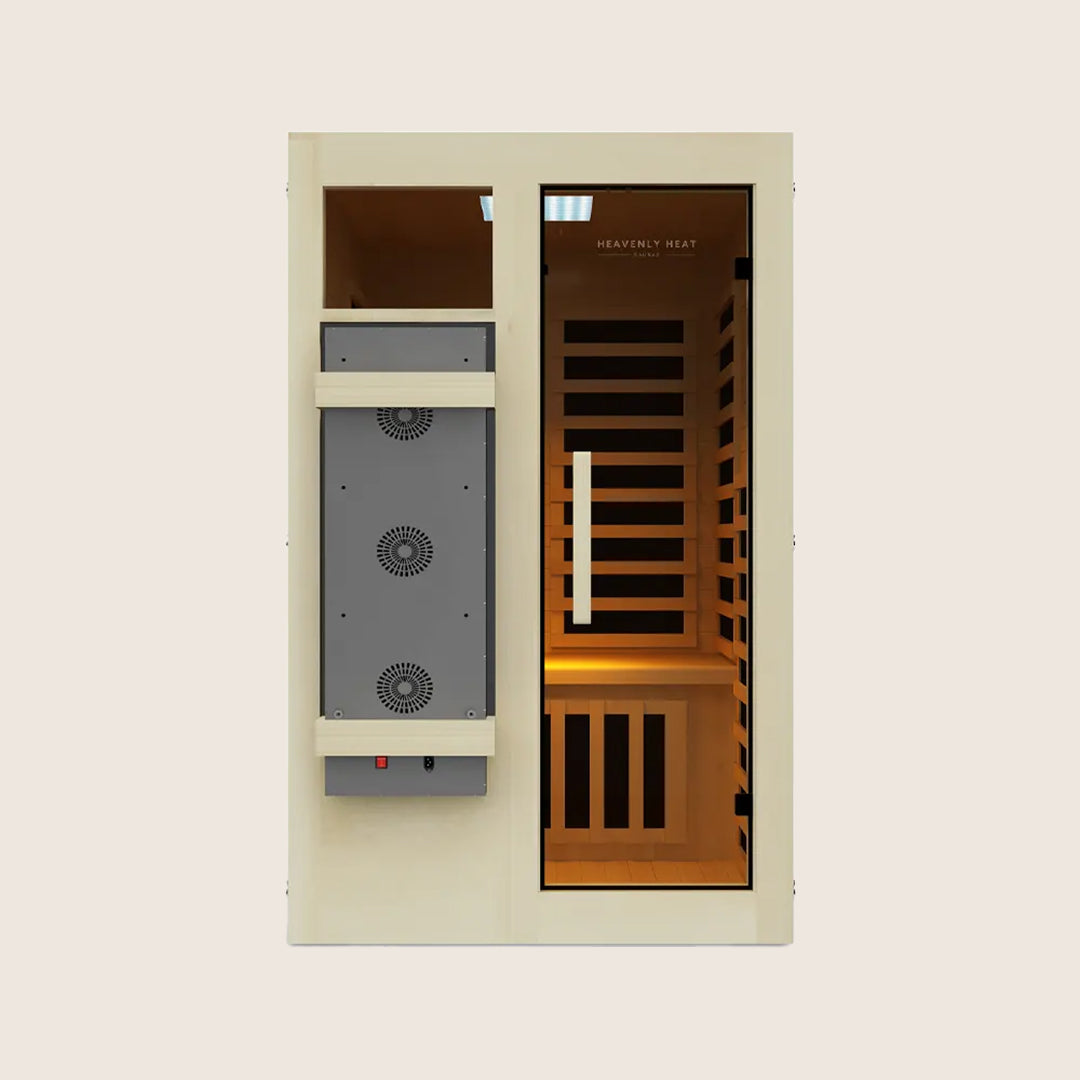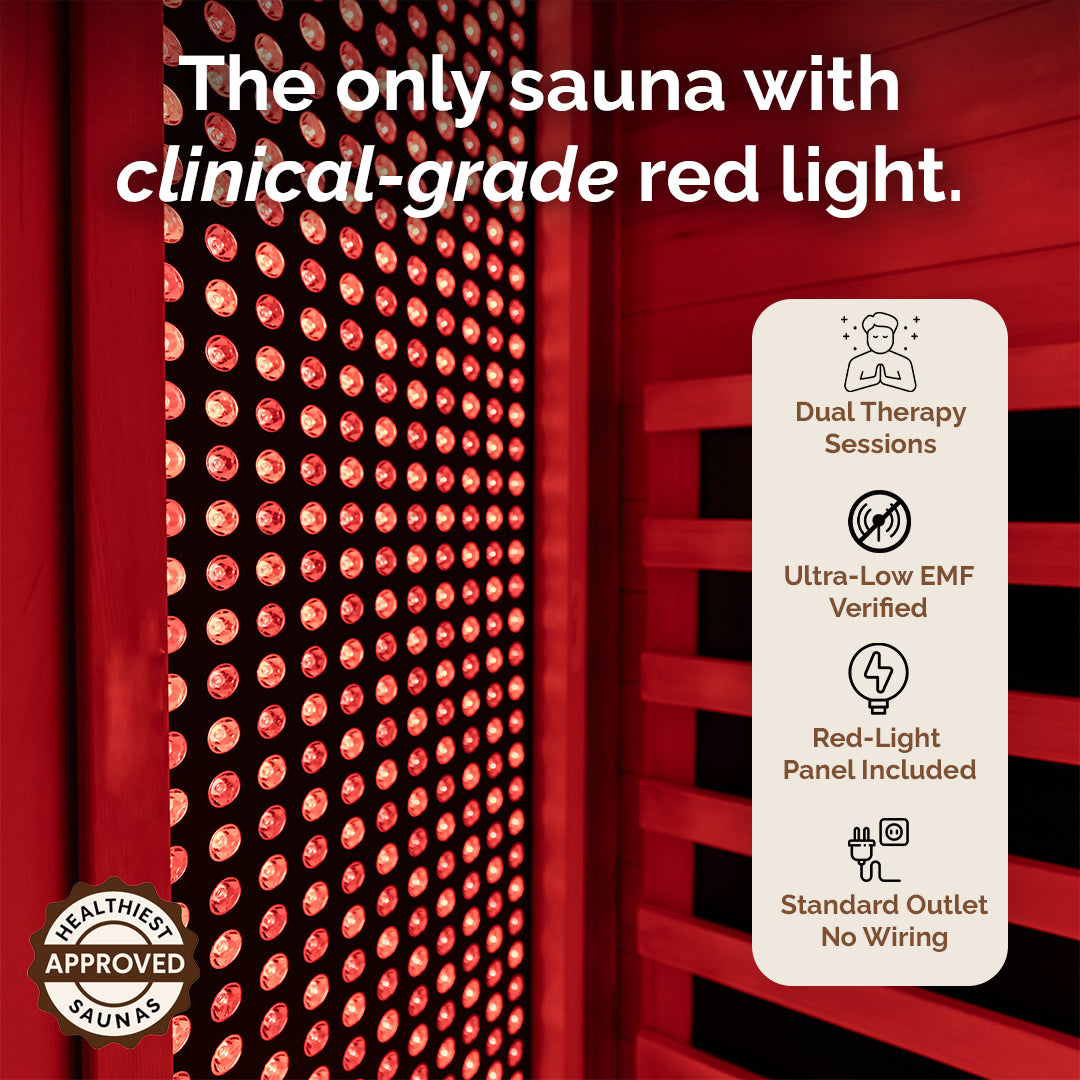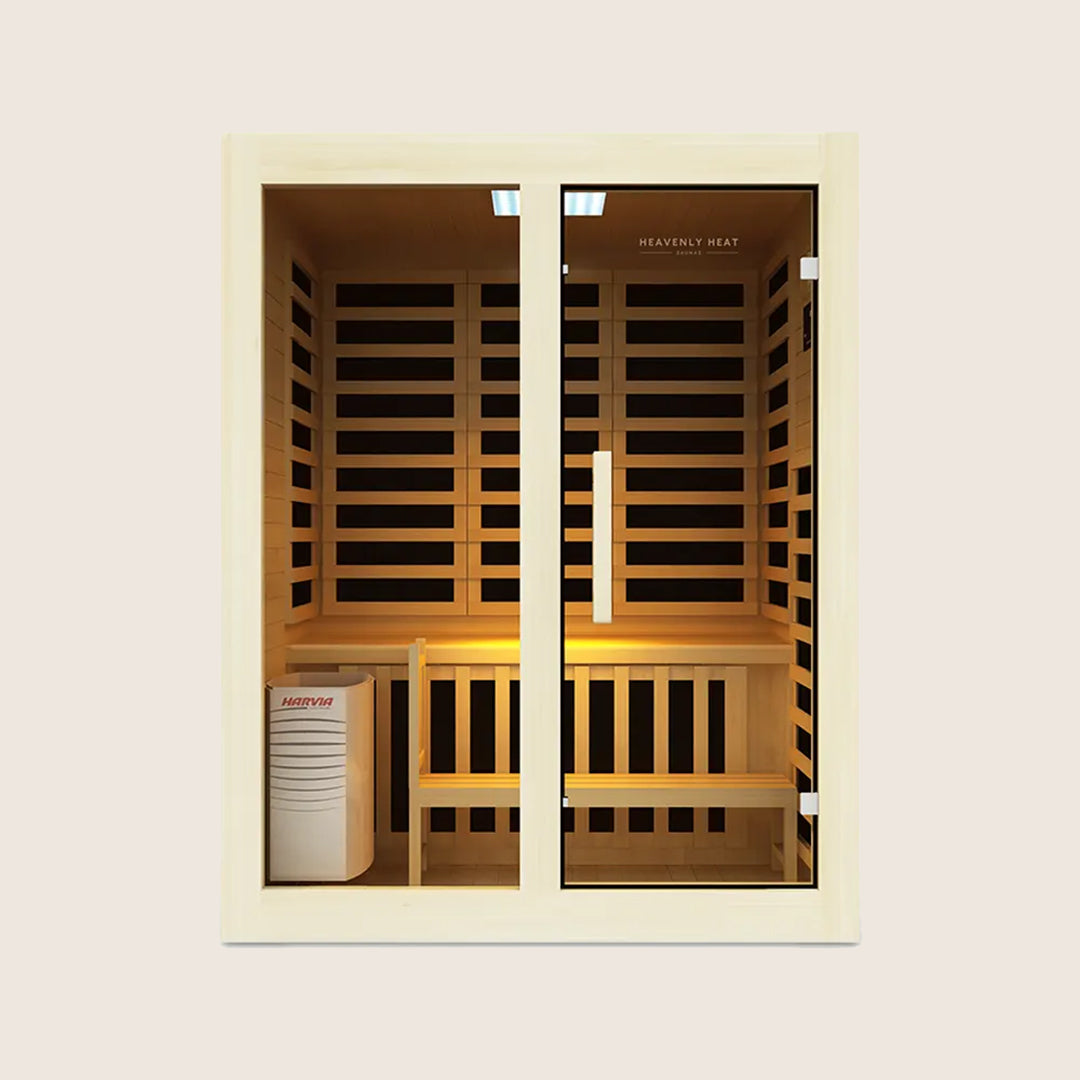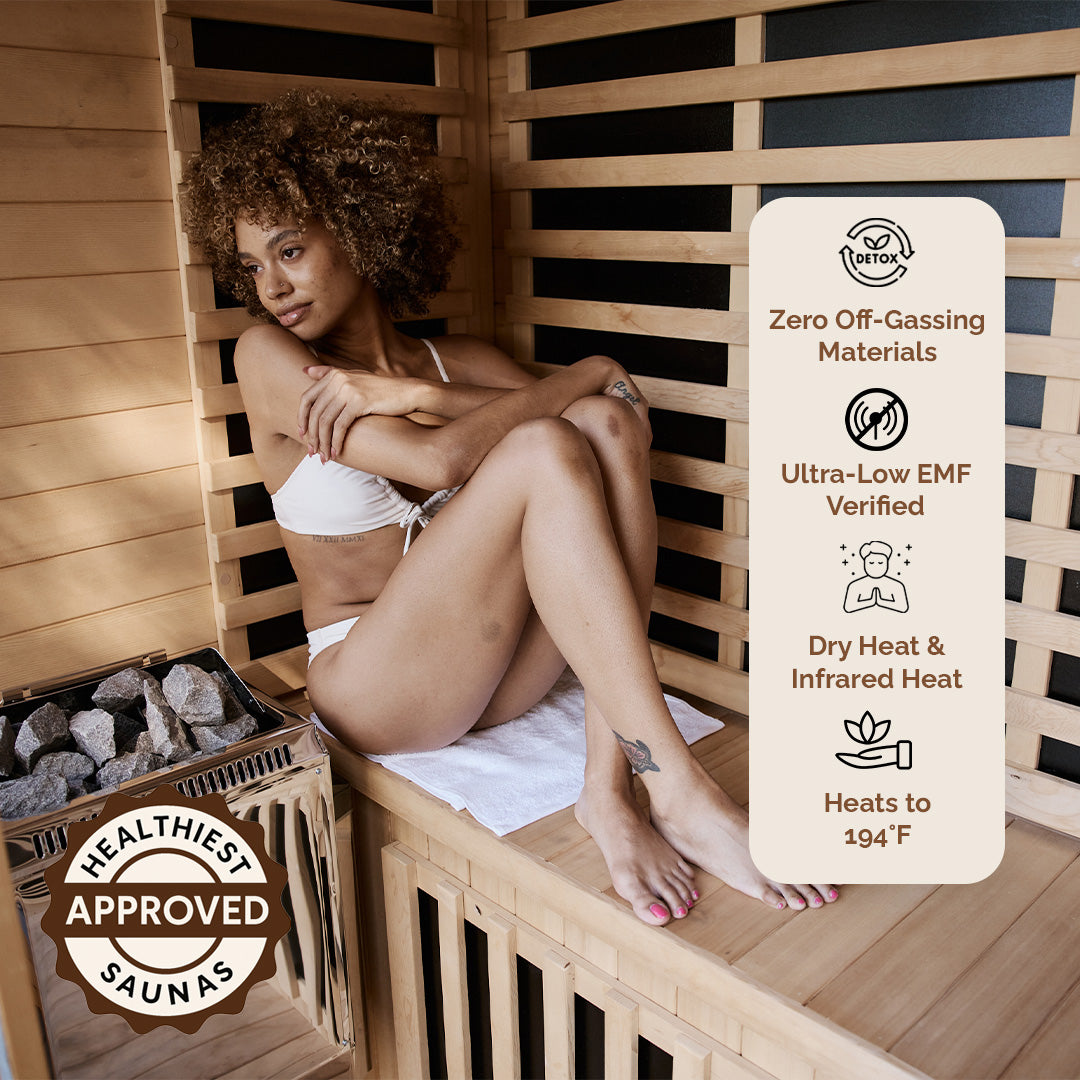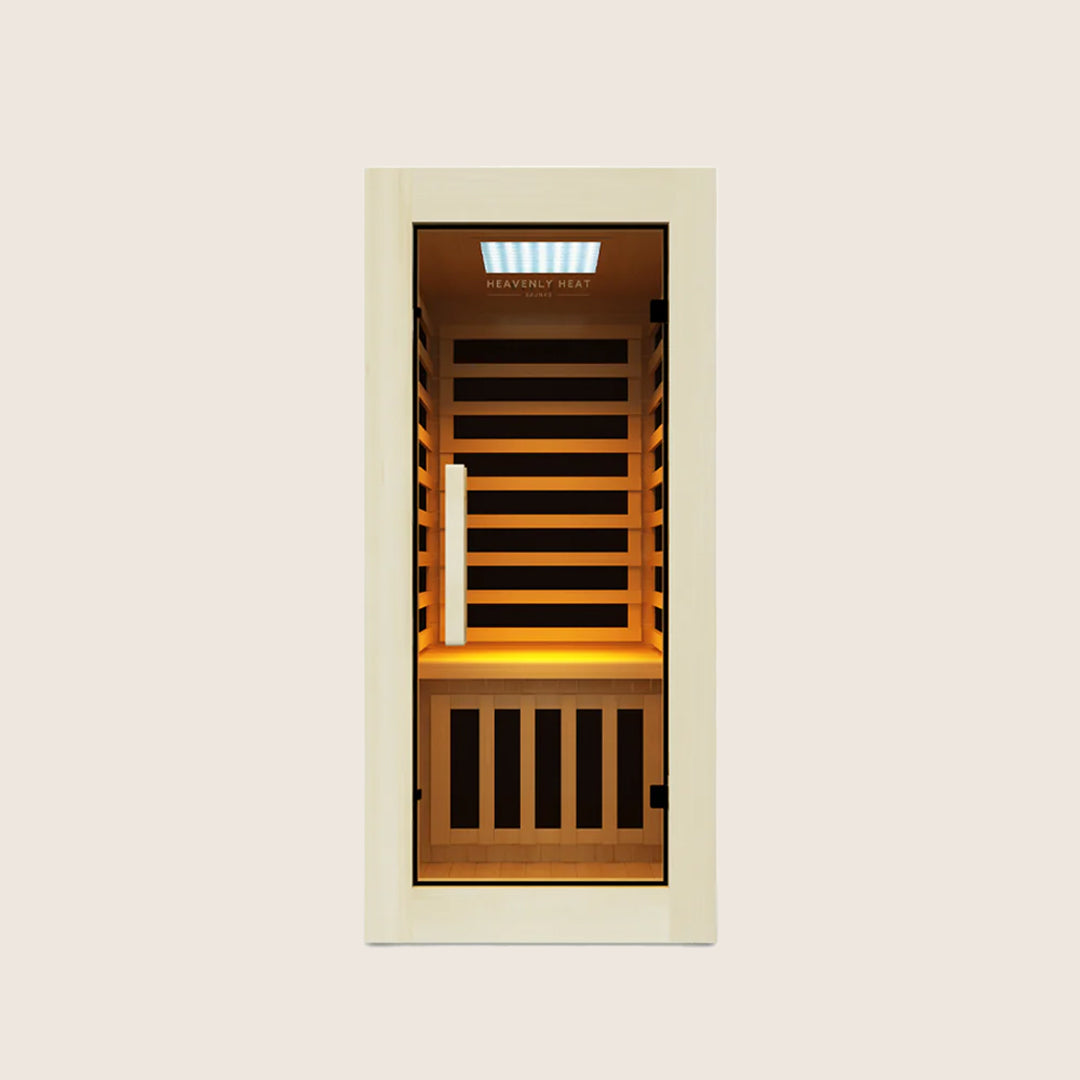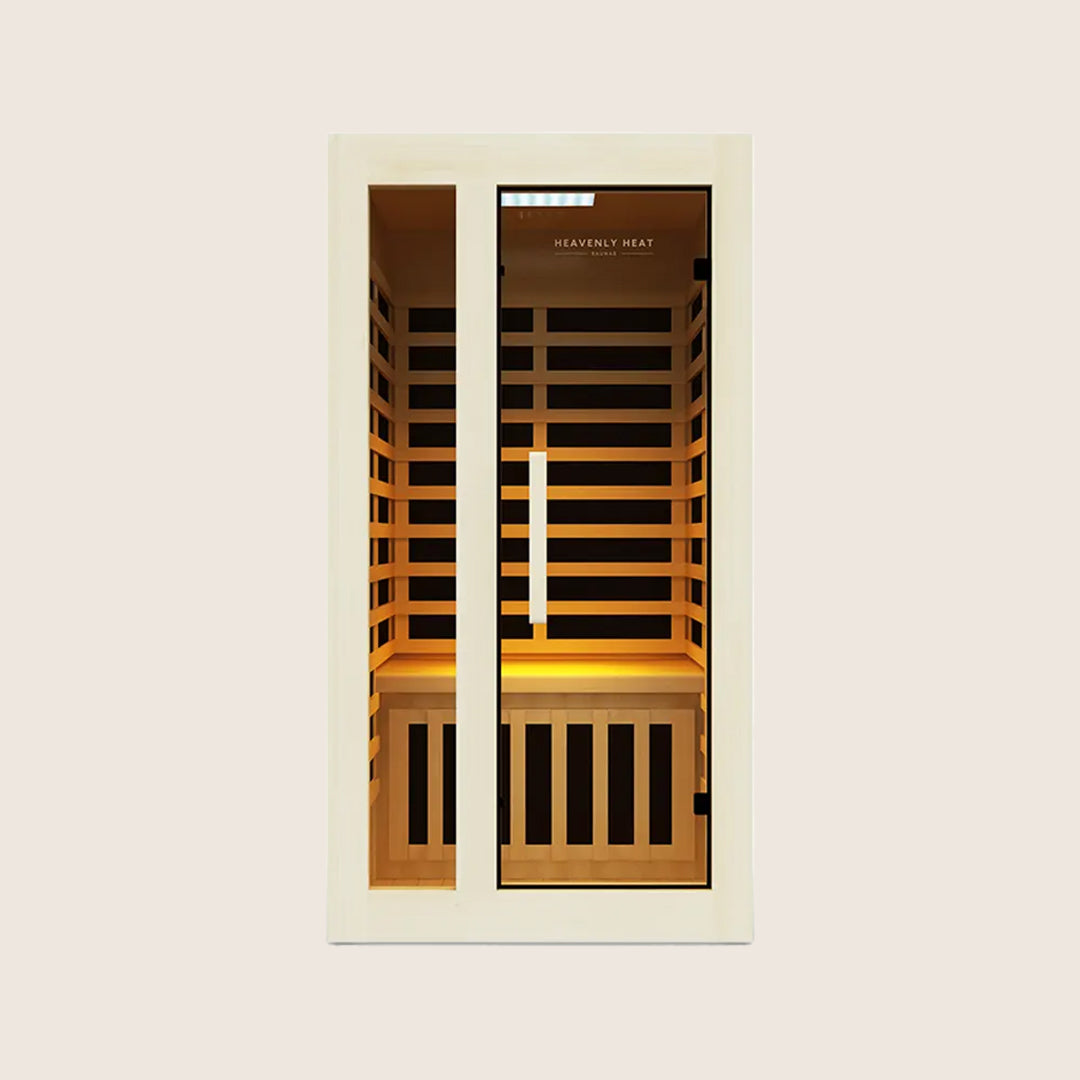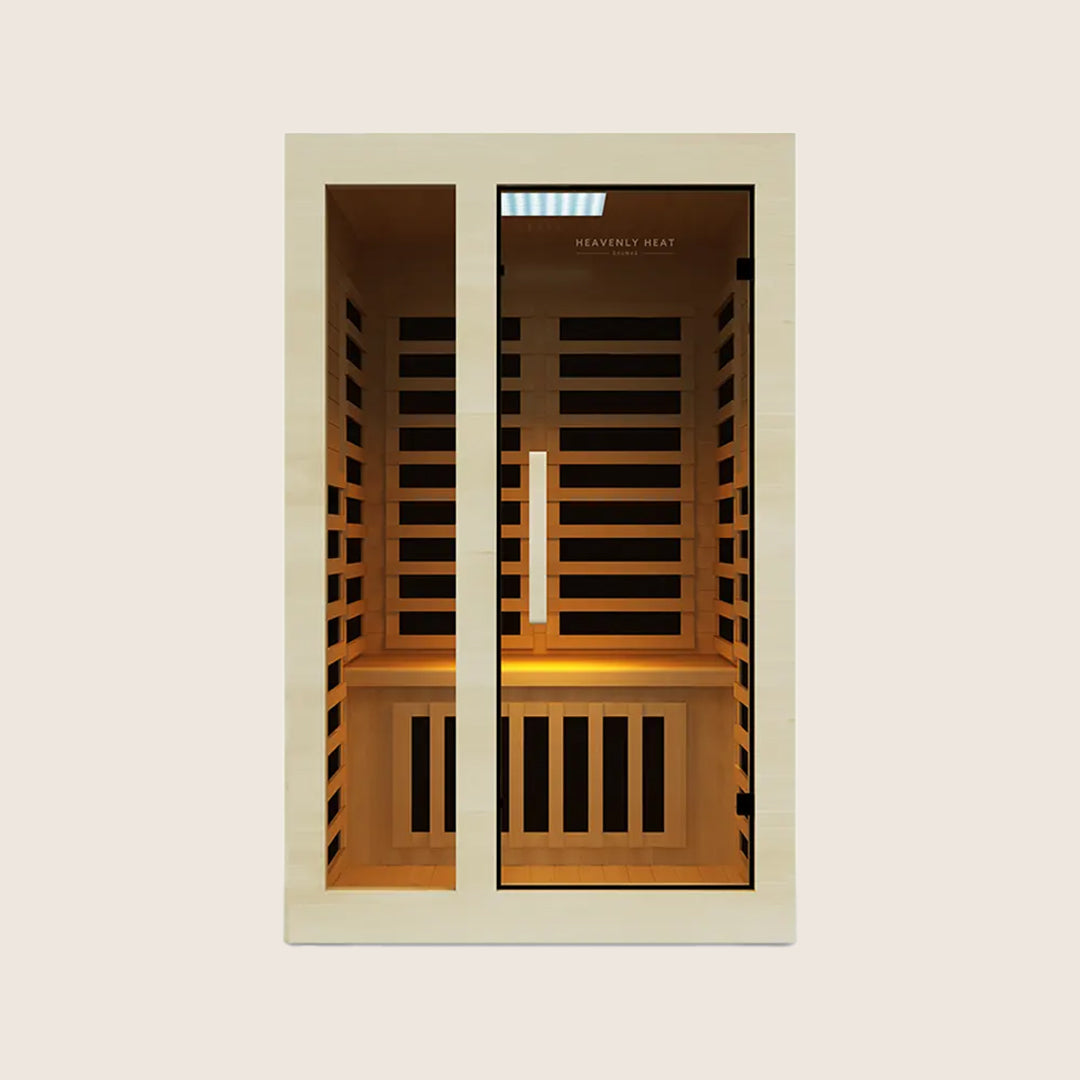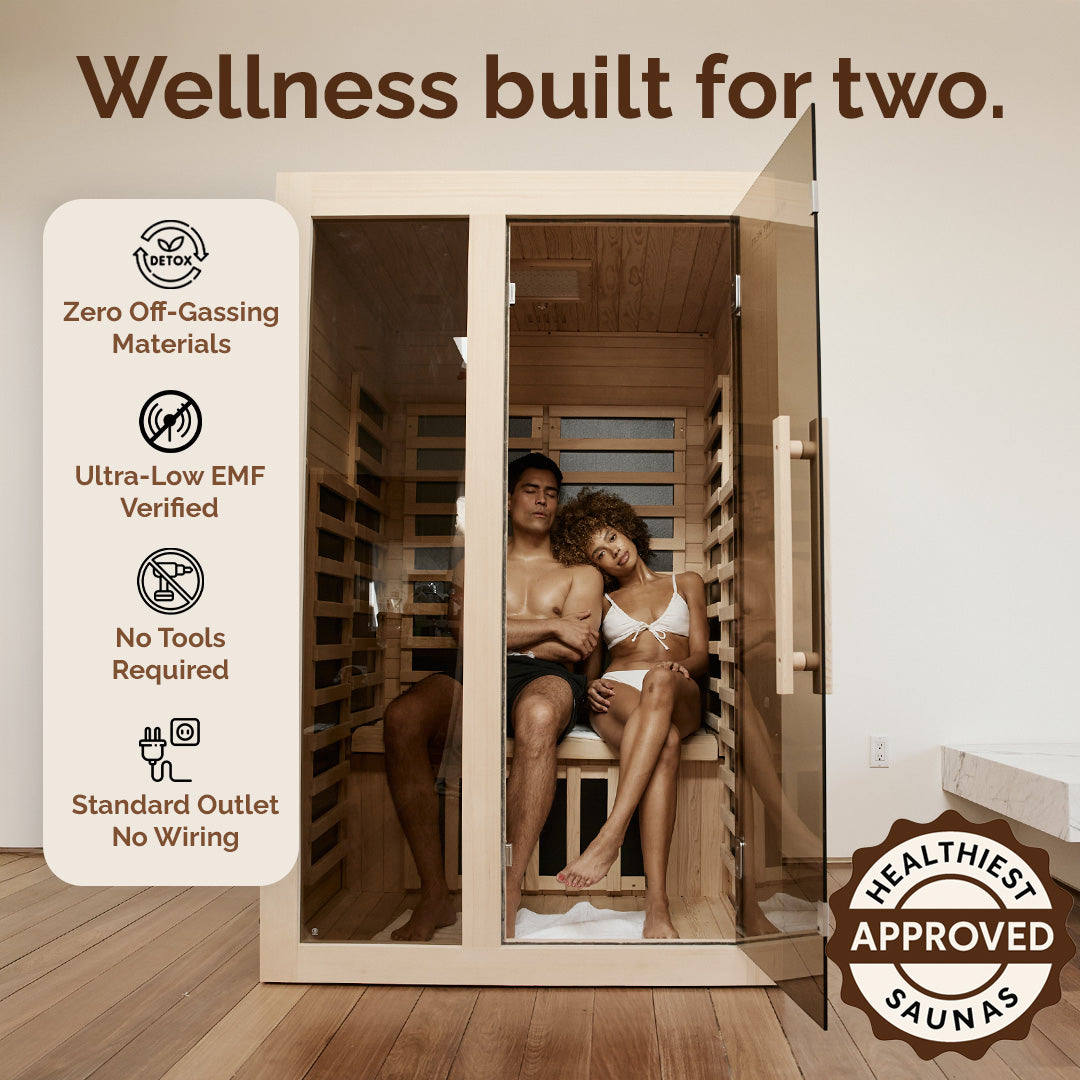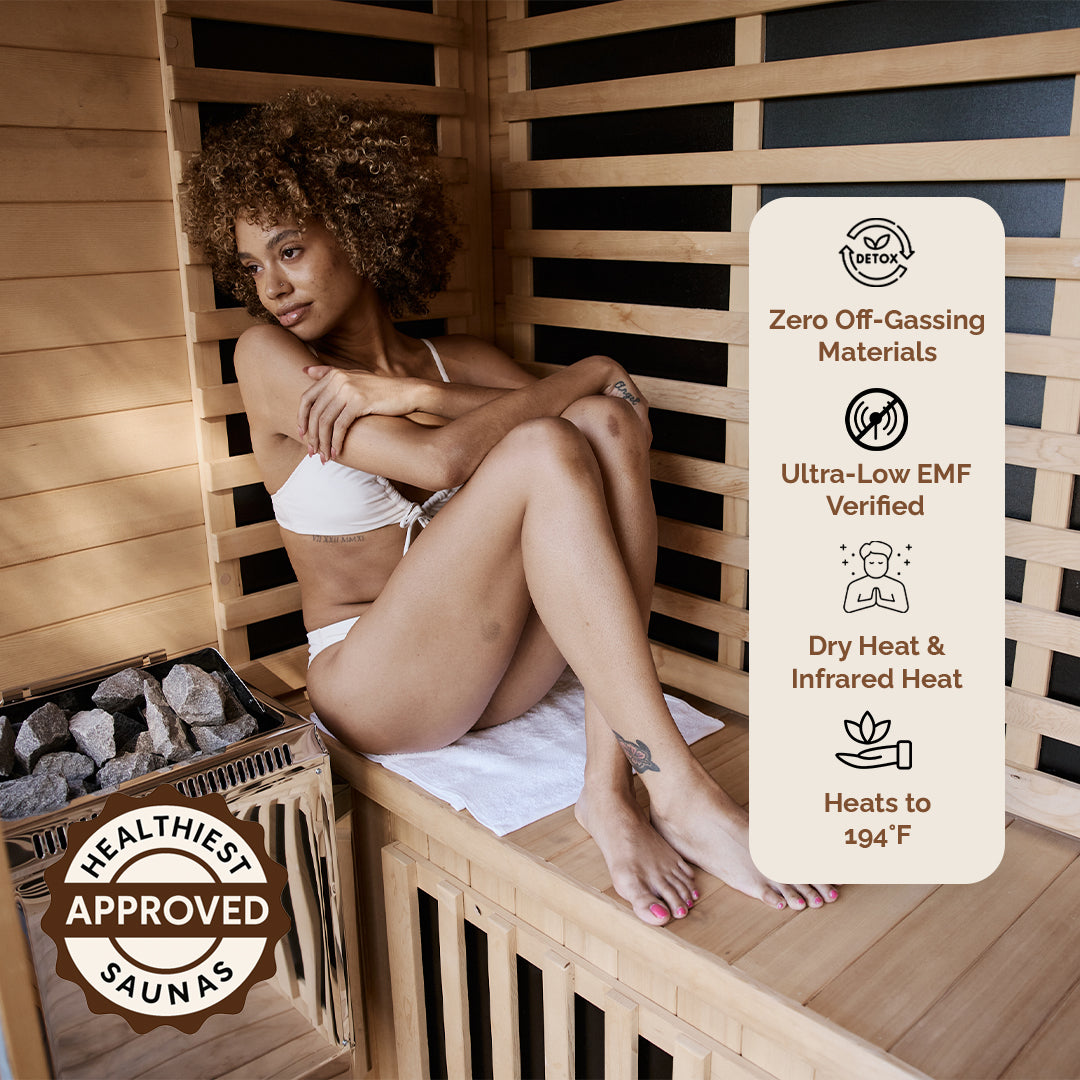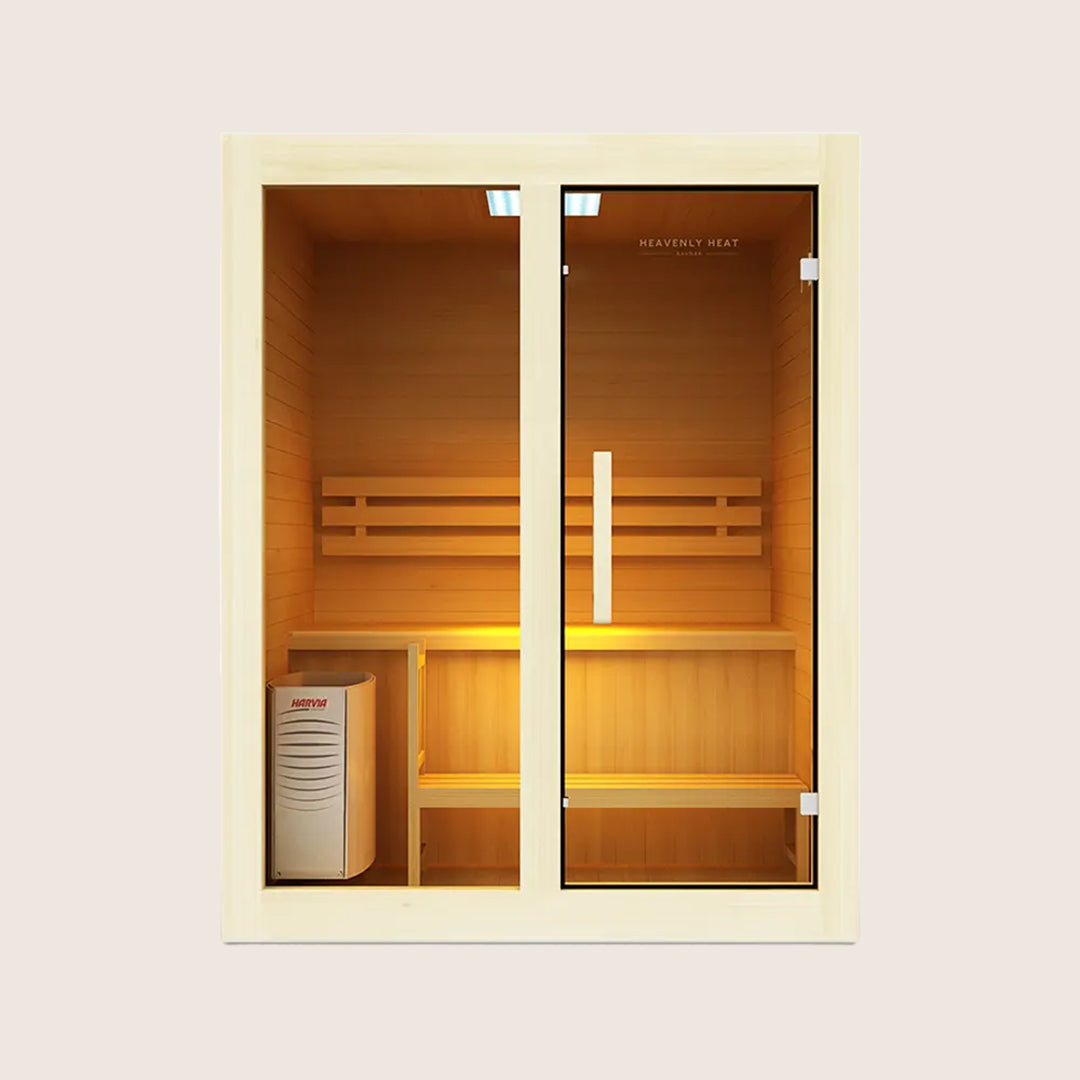Can You Wear an Apple Watch in a Hot Tub Without Damaging It?
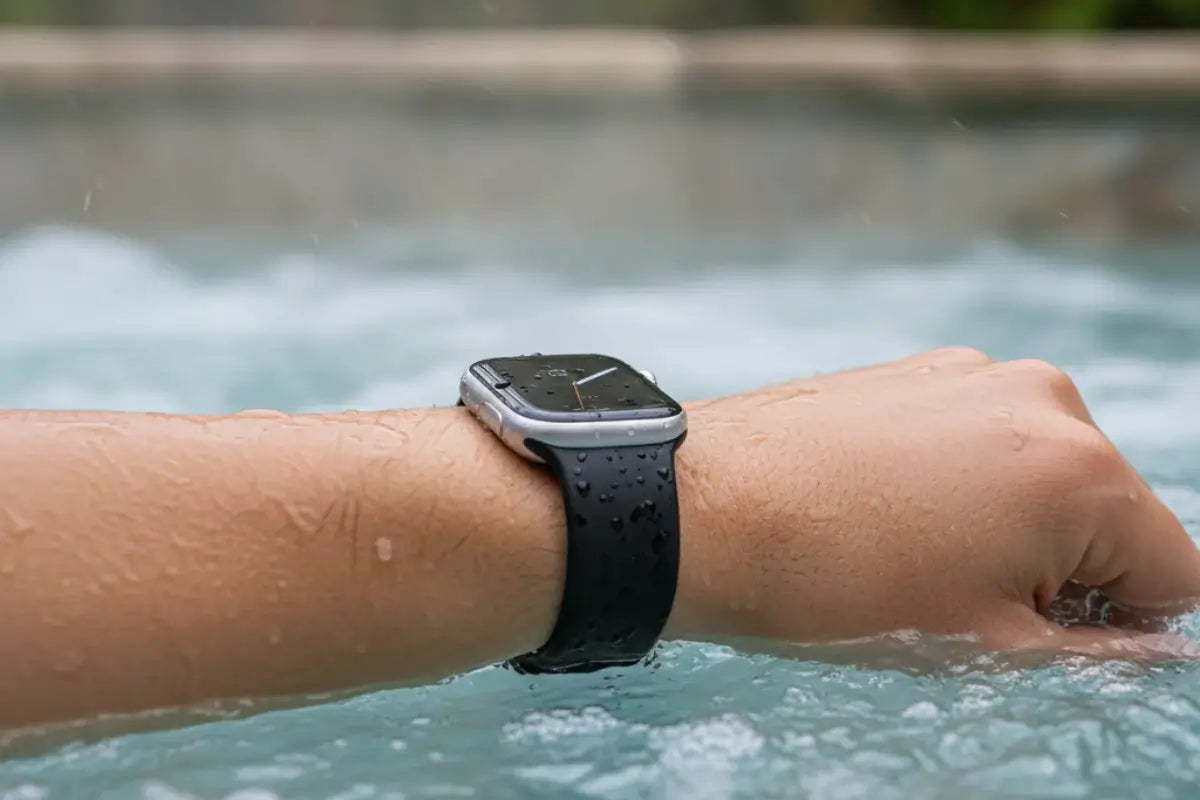
Thinking of wearing your Apple Watch in a hot tub? You might want to think twice. Hot water, steam, and chemicals can damage your watch, affect battery life, and give wrong health readings.
In this guide, we’ll explain why hot tubs are risky, how to protect your watch, and what you should do instead.
Key Takeaways
Avoid Hot Tubs: Don’t wear your Apple Watch in hot tubs, saunas, or steam rooms to prevent heat and water damage.
Protect the Battery: High temperatures can shorten battery lifespan and even trigger dangerous overheating.
Sensors Can Misread: Heat and steam may cause inaccurate heart rate and health tracking data.
Warranty Risks: Damage from hot tubs is not covered by Apple’s standard warranty or AppleCare+.
Take Precautions: Remove your watch in extreme heat, rinse with fresh water afterward, and dry it thoroughly to extend its life.
Can You Wear an Apple Watch in a Hot Tub?
Wearing an Apple Watch in a hot tub is not recommended. Hot water, steam, and chemicals can damage its water resistance, sensors, and battery, cause inaccurate health data, and irritate your skin.
Prolonged heat may also void the warranty and reduce lifespan. While brief splashes are safe, for hot tubs, saunas, or steam rooms, remove your watch to protect performance, battery, and warranty.
Reasons why you should not wear an apple watch in a hot tub
Water Resistance Won’t Fully Protect It
Apple states that only the Apple Watch Ultra and later are designed to handle deeper or high-velocity water activities, while earlier models are intended for shallow swimming or splashes.
Hot tubs, however, introduce a mix of heat, chemicals, and constant water movement, conditions that can weaken the adhesives, seals, and gaskets that keep your watch water-resistant.
Over time, this protection can wear down, and Apple does not offer permanent waterproofing or resealing.
Being water-resistant doesn’t mean it’s fully waterproof; it simply delays water intrusion under controlled conditions.
Users have reported watches malfunctioning after hot tub use, including issues with charging. Even the band matters, leather and stainless steel can be damaged by heat and water.
So, while a pool or brief splash may be fine, extended exposure to hot, chemical-laden water can compromise your watch’s water resistance and potentially lead to costly repairs.

Hot Water Can Overheat Your Watch
Apple recommends using the Apple Watch in temperatures between 32° and 95° F (0° to 35° C) and storing it between -4° and 113° F (-20° to 45° C).
Hot tubs and other high-heat environments exceed these limits, putting your watch at risk. When exposed to excessive heat, your device may temporarily disable features, slow charging, dim the display, pause data transfers, or even disrupt cellular connectivity.
Over time, repeated exposure can permanently harm the battery and reduce overall performance.
Apple specifically warns against using the watch in hot tubs, saunas, or steam rooms, noting that doing so could void your warranty.
Essentially, while your watch is built for daily use, extreme heat can trigger safety mechanisms and affect functionality, potentially leading to costly repairs.
To keep your Apple Watch running smoothly, Apple recommends leaving it off your wrist when enjoying hot water.
Battery May Drain or Fail Faster
Wearing your Apple Watch in a hot tub might seem harmless, but it can seriously harm the battery.
Apple recommends using the watch in temperatures between 32° and 95° F (0° to 35° C). While brief exposure to slightly higher temperatures is usually safe, hot tubs often exceed these limits.
Research by Amprius Technologies shows that high heat speeds up the chemical reactions inside lithium-ion batteries, making them age faster and shortening their overall lifespan.
Extreme temperatures can even trigger a dangerous condition called thermal runaway, where the battery overheats uncontrollably.
Lighty Electronics SRL notes that batteries exposed to temperatures around 113° F (45° C) can degrade more than twice as quickly as those kept at room temperature.
For instance, after 200 charge cycles, a battery at 45° C may lose about 6.7% of its capacity, compared to just 3.3% at 25° C. For both safety and battery longevity, it’s best to leave your Apple Watch out of hot tubs.
Heart Rate and Sensors Can Give Wrong Data
Wearing an Apple Watch in a hot tub or sauna can lead to inaccurate heart rate readings and even harm your device.
The heat and steam can interfere with the sensors on the back, causing them to misread your heart rate.
Blood flow changes from heat exposure may also produce misleading data Nat Rev Cardiol. Studies show that wearable devices often struggle to give reliable measurements in high-temperature conditions, with only a small percentage remaining fully accurate under heat stress as noted by JMIR Mhealth Uhealth.
Apple itself advises against using any model in saunas, steam rooms, or hot tubs, as the combination of heat, humidity, and water can damage internal components, weaken the battery, and reduce water resistance.
Exposing your watch to such extreme conditions not only makes its health tracking unreliable but also increases the risk of long-term damage.

Hot Tub Heat Can Irritate Your Skin
Hot tubs often heat water to 100°F–104°F (38°C–40°C), which is near the upper limit of what adult skin can safely handle.
Research published in the Journal of Clinical Medicine (J Clin Med) shows that long exposure to hot water can weaken the skin barrier, increase redness, and alter pH levels, making irritation more likely.
The Cleveland Clinic notes that rashes or itchy spots can appear within just a few days of hot tub use.
Children are especially sensitive and require lower temperatures to prevent overheating. The Centers for Disease Control and Prevention (CDC) advises keeping hot tub water at or below 104°F, limiting soak times, maintaining proper disinfectant levels, and following basic hygiene practices to avoid skin issues and infections.
Wearing devices like an Apple Watch in the hot tub can trap heat and moisture, intensifying irritation.
For comfort and safety, it’s wise to remove electronics, limit your time in the water, and let your skin recover fully between sessions.
Damage May Void Your Warranty
Apple strongly advises against wearing your Apple Watch in hot tubs, saunas, or steam rooms. High heat, humidity, and water pressure can damage your watch and gradually reduce its water resistance.
While Apple Watches are water-resistant, they are not fully waterproof, prolonged exposure to hot water can let moisture seep inside.
Apple’s standard warranty does not cover liquid damage, so any harm caused by a hot tub won’t be repaired for free.
Even with AppleCare+, coverage for accidental damage may not extend to extreme heat and pressure from hot tubs.
Inside your watch, liquid contact indicators help Apple determine if water damage has occurred, making hot tub incidents ineligible for warranty repair.
To keep your Apple Watch safe, remove it before entering hot tubs or saunas, avoid sudden temperature changes, and follow Apple’s care guidelines. Protecting your watch this way helps it last longer and saves you from costly repairs.
Repeated Heat Exposure Causes Wear and Tear
Apple recommends keeping your Apple Watch in temperatures between 32° and 95° F (0° to 35° C). Hot tubs often exceed this range, and frequent exposure to heat and steam can gradually damage your device.
The internal seals and adhesives may expand in high temperatures, causing deformation, loss of compression, and even potential water leakage.
The lithium-ion battery, which powers the watch, is especially sensitive to heat. Research highlighted in Progress in Natural Science: Materials International shows that high temperatures can degrade battery performance and may lead to irreversible damage.
Repeated thermal stress from hot water can shorten battery lifespan and affect overall reliability. While Apple doesn’t explicitly forbid wearing the watch in hot tubs, evidence points to real risks.
To keep your Apple Watch functioning well and protect its longevity, it’s wise to remove it before stepping into hot water or exposing it to extreme heat.
Precautions When Using Apple Watch in Hot Tubs
Verify Water Resistance: Check your Apple Watch model’s water resistance rating before exposing it to hot tub water.
Know the Safe Temperature Range: Avoid using your watch in water that’s hotter than Apple’s recommended limits.
Limit Time in Hot Tubs: Prolonged exposure to hot water can damage seals and shorten your watch’s lifespan.
Beware of Chemicals and Sweat: Hot tubs contain chlorine and other chemicals that may harm your watch’s materials.
Remove During Extreme Heat: If the water or environment feels too hot for comfort, take your Apple Watch off.
Dry Properly After Use: Rinse your watch with fresh water and dry it thoroughly to prevent residue buildup.
Signs Your Apple Watch May Be Damaged by Heat or Water
Screen Discoloration or Fogging: If you notice unusual colors or a foggy look on the display, it may be a sign of moisture or heat damage.
Unresponsive or Lagging Touchscreen: The screen may stop reacting properly or respond slowly when damaged.
Battery Draining Faster Than Usual: Excess heat or water can affect battery health, causing it to lose power more quickly.
Unexpected Shutdowns or Restarts: Your watch may turn off or restart on its own when internal components are affected.
Condensation Inside the Watch Case: Fog or droplets visible under the screen often indicate water has entered the device.
Buttons or Digital Crown Sticking: Heat or water can cause buttons to jam, stick, or feel less smooth.
Distorted Sounds from Speakers or Microphone: If calls or alerts sound muffled or crackly, moisture may have reached the speakers or mic.
FAQs
Can I wear my Apple Watch 8/9/10 in a hot tub?
You should not wear your Apple Watch 8, 9, or 10 in a hot tub because heat, chemicals, and water pressure can damage seals, adhesives, and internal parts. Apple warns against extreme temperatures, making removal the safest way to protect functionality and battery performance.
Is it safe to charge my Apple Watch right after hot tub use?
It’s not safe to charge your Apple Watch right after hot tub use. Heat and moisture can damage the battery, seals, and display. Let the watch cool, air dry, and wipe it thoroughly with a lint-free cloth before charging to prevent overheating and long-term harm.
Can hot water permanently damage my Apple Watch?
Yes, hot water can permanently damage your Apple Watch by weakening seals, causing internal moisture, and exceeding safe temperature limits. Avoid saunas, steam rooms, and prolonged hot showers. If exposed, wipe it, rinse gently if supported, use Water Lock, and seek Apple repair if damage occurs.
Can using my Apple Watch in a hot tub void the warranty?
You might think wearing your Apple Watch in a hot tub is harmless, but it can actually put your warranty at risk. Apple’s One-Year Limited Warranty doesn’t cover damage caused by heat or liquids. While the Watch is water-resistant, Series 2–6 and SE are safe for swimming (WR50), and the Ultra is suitable for deeper water activities (WR100), these ratings only cover normal water exposure, not hot tubs or high-pressure jets.Hot tubs typically run between 37°C and 40°C (100°F–104°F), which is above Apple’s recommended operating range of 0°C–35°C (32°F–95°F). Heat, chemicals, and water pressure can weaken the Watch’s seals, letting water in and causing permanent damage. Some users might not notice immediate issues, but Apple strongly advises against hot tub use. If your Watch is damaged under these conditions, repairs may not be covered, and visible liquid indicators could reveal exposure.
Can you wear airpods in a hot tub?
No, you cannot wear AirPods in a hot tub, and the same goes for headphones, earbuds, or smartwatches. The heat and water can damage electronics, ruin their battery, and shorten their lifespan. Keep them safe and enjoy your soak.
Can you wear an oura ring in a hot tub?
Product Safety & Use notes that your Oura Ring is designed to handle everyday moisture, making it generally safe to wear in showers, swimming pools, saunas, ice baths, and yes, even hot tubs. It operates within a temperature range of -10°C to 52°C (14°F to 125°F) and is water-resistant, protecting its delicate electronics. That said, exposure to extreme heat above 60°C (140°F) or cold below -20°C (-4°F) can harm the battery or seals. While occasional hot tub use is fine, frequent or prolonged soaking in very hot water or steam might slightly affect sensor accuracy and wear down protective seals over time. Product Safety & Use recommends rinsing the ring with fresh water and drying it carefully after any swim or soak. Thinking of your Oura Ring as water-resistant rather than fully waterproof ensures you enjoy it safely while keeping it reliable for tracking your health and sleep.
Can you wear apple watch in a sauna?
No, you cannot wear an Apple Watch in a sauna. You also should not wear a Fitbit, Samsung Galaxy Watch, or Garmin Watch. Heat and steam can damage batteries, screens, and sensors, reducing performance and lifespan quickly.
Can you wear apple watch in a pool?
Yes, you can wear an Apple Watch in a pool for swim tracking, heart rate checks, and timers. Precautions: rinse after swimming, avoid high-velocity water, and don’t press buttons underwater. Benefits include workout tracking, convenience, and improved fitness insights.
Can you wear apple watch in the shower?
You might be curious whether it’s safe to wear your Apple Watch while showering. While Apple confirms that Apple Watches are water-resistant, they are not fully waterproof, and resistance varies by model. The original Apple Watch and Series 1 are splash-resistant (IPX7) but shouldn’t be submerged. Series 2 and later can handle shallow-water activities like swimming, and the Apple Watch Ultra is built for more intense water sports, even recreational scuba diving up to 40 meters.Still, Apple advises against wearing any Apple Watch in the shower because soaps, shampoos, and other chemicals can weaken seals and affect sensors or speakers over time. Certain bands, such as leather or stainless steel, are also not water-friendly. If your watch comes into contact with soapy water, rinse it with fresh water and dry it with a lint-free cloth. Activating Water Lock during water activities helps, but for showers, removing your watch is the safest choice to protect both its lifespan and warranty.
Can you wear apple watch in tanning bed?
No, you should not wear an Apple Watch in a tanning bed. The heat and UV light can damage it. Precautions: remove your watch, store safely, keep hydrated, and use protective eyewear. Similar tips: avoid phones, fitness bands, and metal jewelry during tanning.
Can you wear apple watch in cold plunge?
No, you cannot wear an Apple Watch, Fitbit, Galaxy Watch, or Garmin in a cold plunge. Extreme cold water can damage batteries, screens, and sensors. Protect your device by removing it before plunging to avoid costly repairs.


